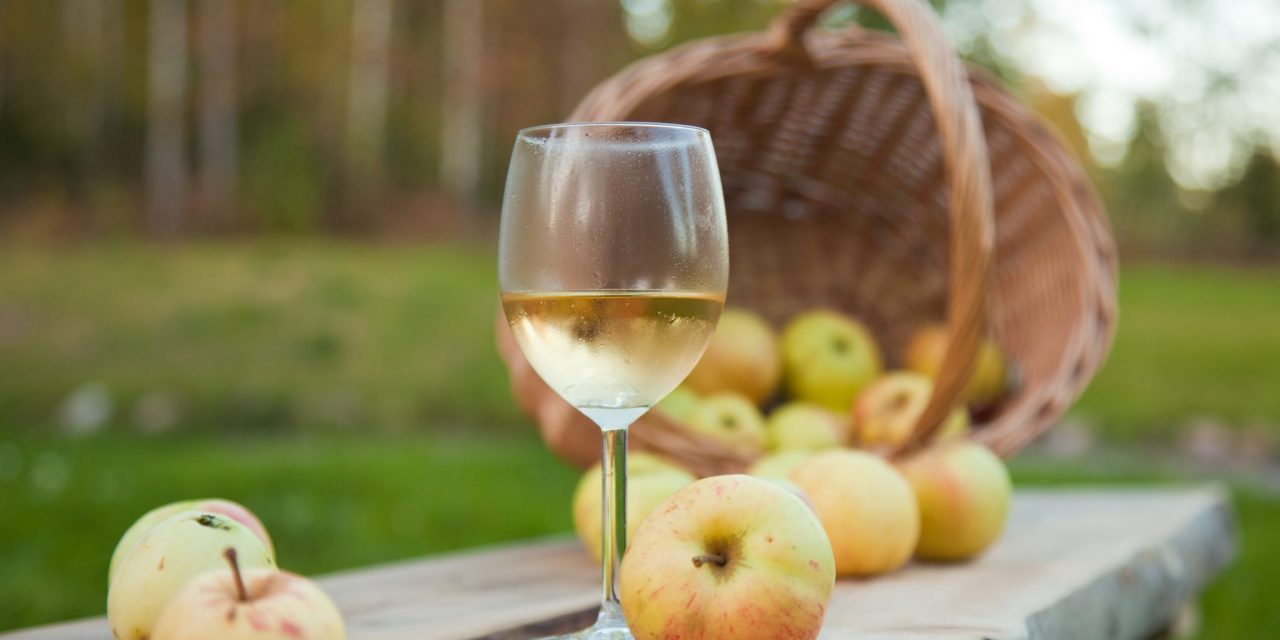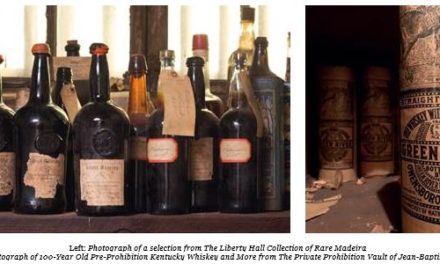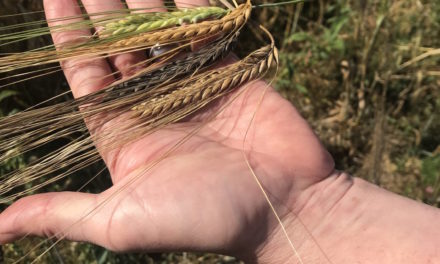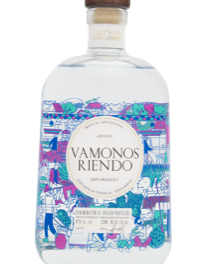The California wine industry is such a powerhouse that it’s easy to forget that it wasn’t always so. American wine was barely alive by the end of Prohibition. California grape farmers had largely switched to growing raisin and table grapes. In the decades following repeal of the Volstead Act, winemakers were content to use grapes such as Thompson Seedless to make the sweet and/or fortified wines then popular with consumers. Without an informed body of wine drinkers, there was little incentive to change, especially for farmers. Grapes were sold based on their sugar content, and winemakers were generally unwilling to pay more for better varieties. If a farmer could grow 10 tons per acre of table grapes compared to two tons per acre of Sauvignon Blanc, and get the same price per ton, why would he plant the latter?
This state of affairs started to shift in the 1960s. The market for wines made from wine-specific grape varieties had steadily grown. Wineries that could get them were willing to pay a premium, giving farmers a reason to take a chance on growing specialized fruit, a process supported by some of the larger wineries’ eagerness to enter into long-term grower contracts.
Today’s cider industry is right where wine was in the early 1960s. Consumer interest is growing, especially for boutique and craft ciders whose market increased 15 percent in 2016 even as the growth of mass-market ciders tapered off. Just as with wine, however, readily available apple varieties are dominated by the apple equivalent of Thompson Seedless. Though many cider companies have built thriving businesses with ciders made from table apples, often with additional flavors, as consumers continue to be interested in ciders with more complexity, cidermakers may be hard pressed to find the specialized apples they want—those full of tannin unsuitable for anything but cider.
Pockets of these bittersweet/bittersharp apples do exist, left over from a brief uptick in the cider market in the 1990s, and cidermakers are willing to pay considerably more for them. The average price per ton for market apples (those sold for processing into juice or sauce) was roughly $200 to $350 in 2016, while specialized cider apples sold for $700 to $1,200. Yet despite this price premium, many growers are still hesitant to commit the necessary considerable time and resources to plant cider-specific apples, and fruit shortages loom.
The next logical step in getting trees in the ground may be the sort of grower contracts that supported the planting of wine grapes. Though standard in the United Kingdom, grower contracts for cider apples are just appearing in the United States. Apple growers are used to working in a spot market and, so far, it’s only the progressive grower with a belief in the future of cider who’s been willing to change his way of doing business.
Several cider companies in the Pacific Northwest, including Two Towns Ciderhouse and Alpenfire, have five- to 10-year contracts with small- to medium-sized local growers. Angry Orchard has taken an extra step and is sharing input costs with growers near its Innovation Cider House in Walden, N.Y., and committing to a five-year purchase contract once the trees start bearing.
These sorts of arrangements are the future. They will give stability to both grower and cidermaker and help the cider industry to reach its full potential.











